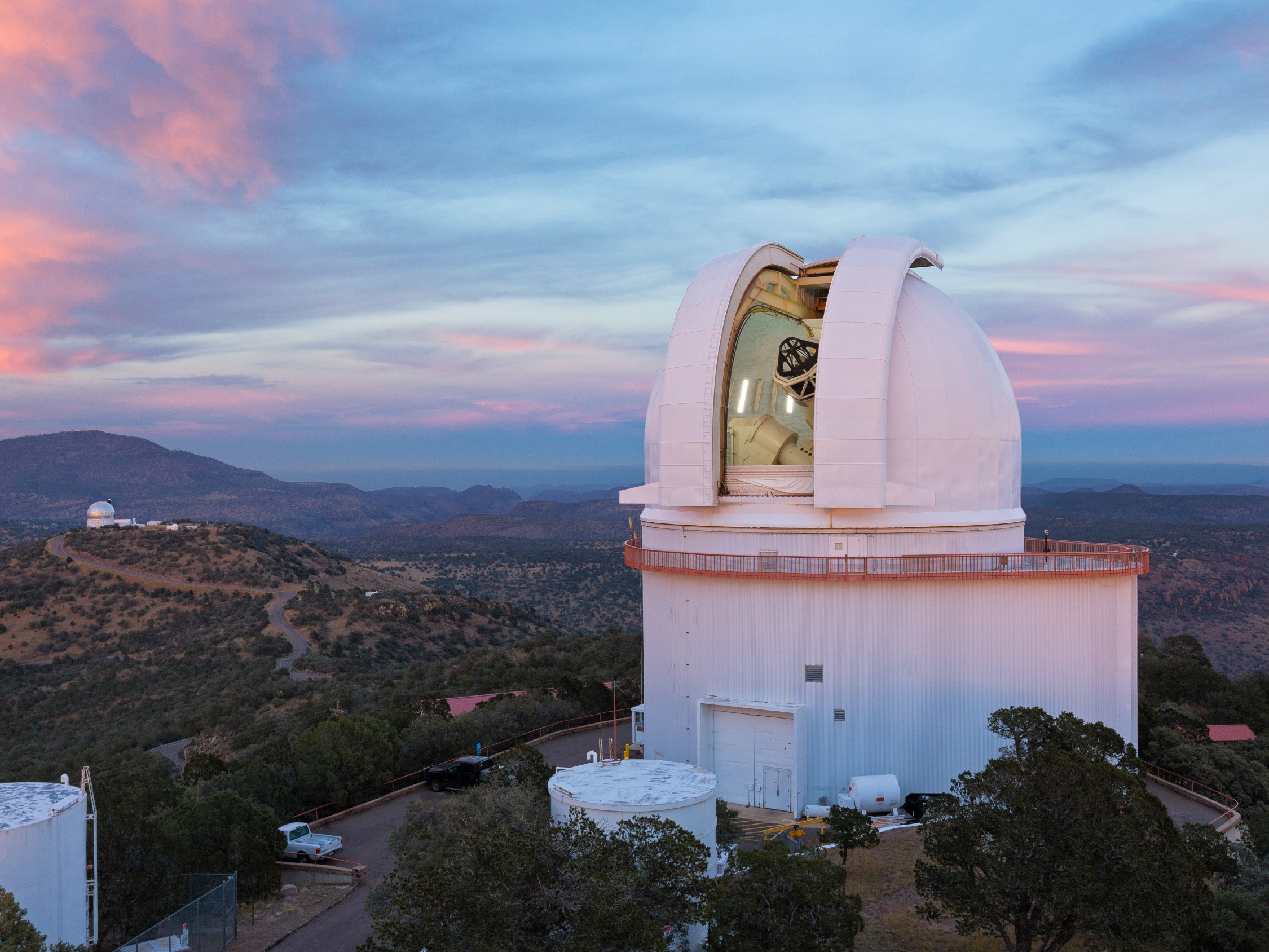

CI Tau b is at least eight times larger than Jupiter and orbits a 2 million-year-old star about 450 light-years from Earth in the constellation Taurus. Johns-Krull and a dozen co-authors from Rice, Lowell Observatory, the University of Texas at Austin, NASA and Northern Arizona University made the peer-reviewed study now available online.
Earth and the Sun are more than 4 billion years old, and while the 3,300-plus catalogue of exoplanets includes some older and some younger than Earth, the obstacles to finding planets around newly formed stars are varied and daunting, Johns-Krull said. There are relatively few candidate stars that are young enough, bright enough to view in sufficient detail with existing telescopes and still retain circumstellar discs of gas and dust from which planets form. Stars so young also are often active, with visual outbursts and dimmings, strong magnetic fields and enormous starspots that can make it appear that planets exist where they do not.
CI Tau b orbits the star CI Tau once every nine days. The planet was found with the radial velocity method, a planet-hunting technique that relies upon slight variations in the velocity of a star to determine the gravitational pull exerted by nearby planets that are too faint to observe directly with a telescope. The discovery resulted from a survey begun in 2004 of 140 candidate stars in the star-forming region Taurus-Auriga.

Additional team members were Patrick Hartigan, Naved Mahmud, Wei Chen, Wilson Cauley and Joshua Jones, all of Rice; Christopher Crockett and Brian Skiff of Lowell Observatory; Daniel Jaffe, Jacob McLane and Gregory Mace of the University of Texas at Austin; and Charles Beichman of NASA’s Jet Propulsion Laboratory. Cauley is currently a postdoctoral researcher at Wesleyan University, and Crockett now writes for Science News.
The team observed CI Tau dozens of times from the University of Texas at Austin’s McDonald Observatory near Fort Davis, Texas; the Lowell Observatory in Flagstaff, Arizona; the NASA Infrared Telescope Facility and the Keck II telescopes on Maunakea, Hawaii; and the Kitt Peak National Observatory’s 2.1- and 4-metre telescopes in southern Arizona.

Johns-Krull said the team has examined about half of the young stars in the Taurus-Auriga survey sample, and the data from several of these suggest that more planets may be found.
“Ours isn’t the only group looking for planets around young stars, and my hope is that astronomers can find enough of them to shed light on some of the nagging questions about planet formation,” Johns-Krull said. “For instance, the ‘brown dwarf desert,’ an unexplained paucity of objects that are larger than giant planets but smaller than stars. If close investigation of young stars reveals more brown dwarfs in short-period orbits than elsewhere, that could confirm the theory that they tend to merge with their central stars within a few million years of forming.”



